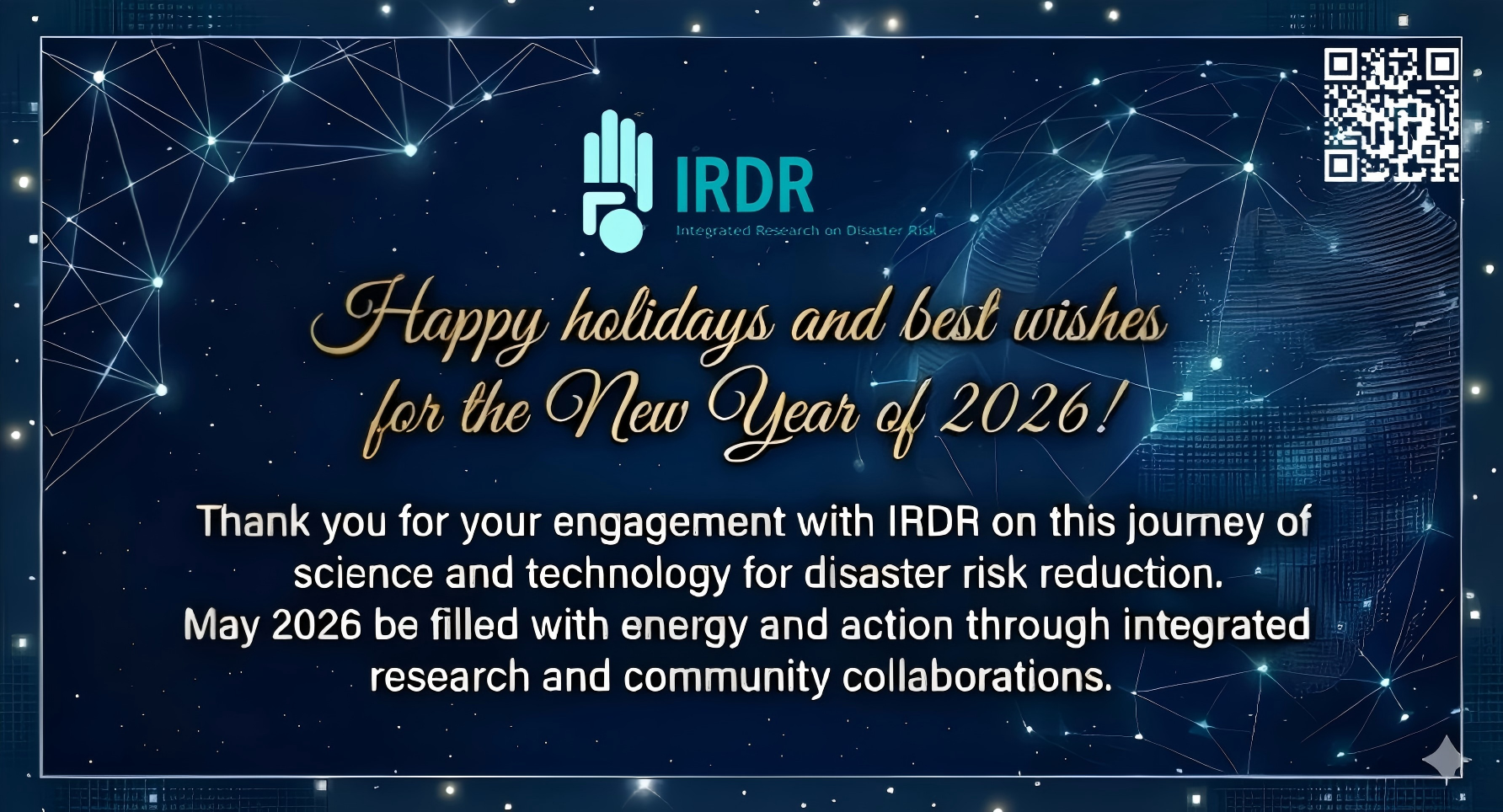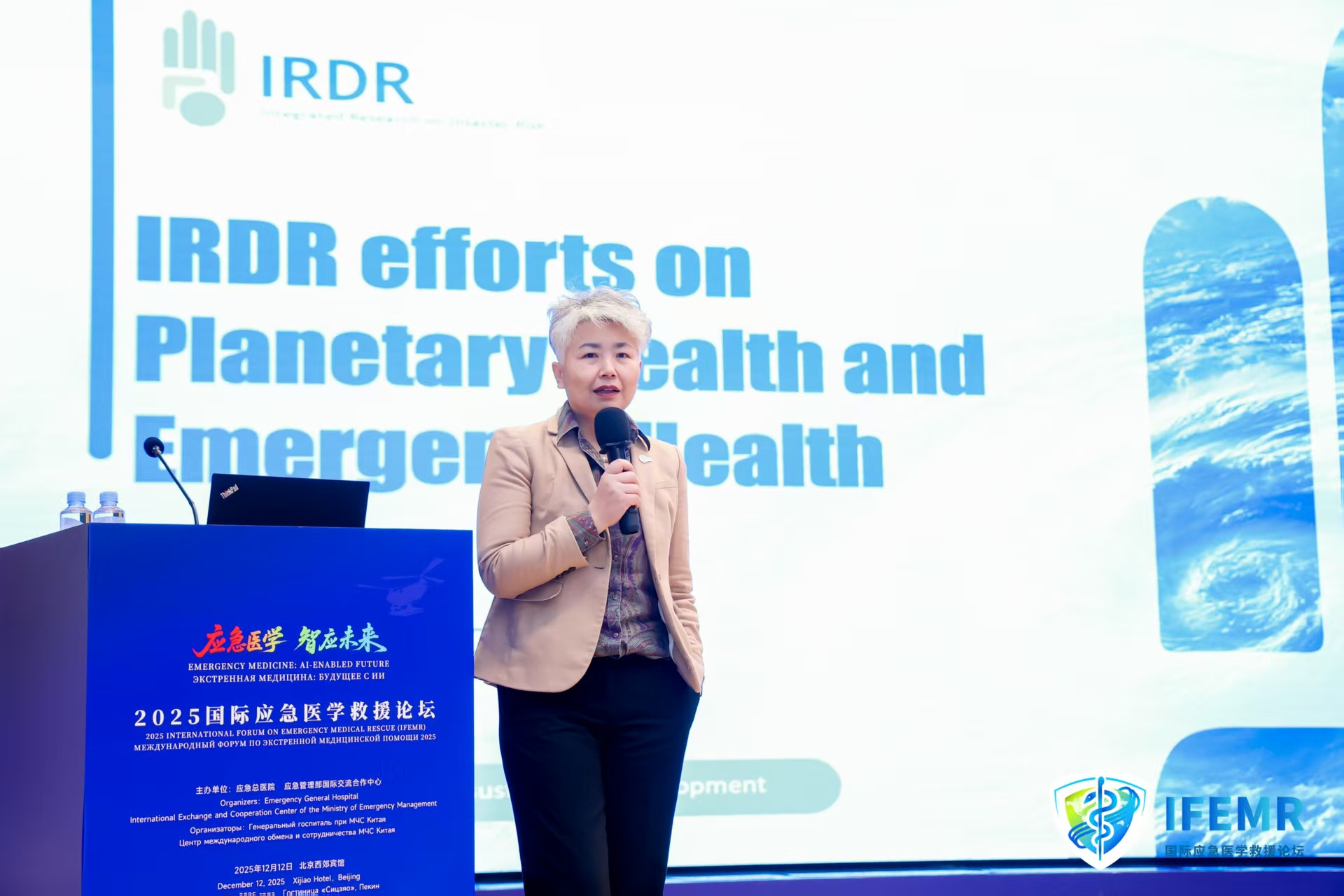The first post-Sendai ISDR Asia Partnership (IAP) meeting was held on 3-5 June 2015 in Bangkok, Thailand. IRDR was represented by IRDR Science Committee member S.H.M. Fakhruddin and Executive Director R. Klein, for the first and second half of the meeting respectively.
This IAP meeting focused on the way forward in terms of implementing the new Sendai Framework for Disaster Risk Reduction, 2015-2030 in the Asian Region. Several agreements were reached. These included: country DRM status reports to be launched by the regional STAG group for India, Indonesia, Malaysia and China; draft reports to be presented at the next meeting; and sector briefs and regional implementation roadmaps will be developed.
A policy guidance document will be prepared which aims to help governments and stakeholders implement the SFDRR. This guidance document will support an inter-ministerial meeting to be convened by the Government of India in November 2015. IRDR SC member S.H.M. Fakhruddin led the summary for one session on policy guidance for implementing the SFDRR. Key government agencies and other development partners (i.e. UNESCAP, ADB) and NGOs (i.e. ADPC) contributed in the group discussions on strengthening countries’ capacities to implement the SFDRR.
Key issues addressed by the group were how to achieve SFDRR goals at the regional and country level. Discussions focused on how to apply an integrated approach to address multi-hazards (coastal risks and in-land flooding induced by climate change), trans-boundary risks, and harmonizing tools such as Integrated Coastal Zone Management (ICZM), Integrated Water Resource Management (IWRM), and the Reach to Reef approach. Group discussion also identified support from national governments and development partners for specific areas of policy guidance. The group identified points requiring policy guidance within SFDRR’s four Priorities for Action:
Priority 1: Understanding disaster risk
- Data collection and management
- How to reconcile risk information for coherence and maximized use
- Convert disaster information into knowledge through a regional portal
Priority 2: Strengthening disaster risk governance to manage disaster risk
- Specify minimum standards of national/local disaster risk management strategies/plans
- Identify how to strengthen hydro-met legislation
- Use media effectively for policy and decision making
- Quantify liabilities of different sectors, parties and stakeholders and determination of actions
Priority 3: Investing in disaster risk reduction for resilience
- How to make the economic and finance case for DRR investments
- What are the incentives for risk-sensitive investments both in public and private sectors
- Include DRM in the private sector, especially in SMEs
- Risk transfer and risk financing
Priority 4: Enhancing disaster preparedness for effective response and to “Build Back Better”
- How to reduce uncertainties with regard to early warning for decision making
- How to Build Back Better in specific sectors i.e. of schools, taking momentum of disaster events
- How to strengthen regional response mechanism
The 6th Asian Ministerial Conference on Disaster Risk Reduction (AMCDRR) will be hosted by the Government of India in Delhi in November 2016. Stakeholder groups, including delegates from the science and technology group, argued that a stronger role should be assigned to civil society.
The Science, Technology and Academia Major Group, following-up on earlier discussions between the co-chairs and the regional UNISDR Secretariat, designed a new structure aimed at ensuring implementation at a national level, notably by better positioning national universities and other research centres as advisory and solutions-providers. IRDR reminded the gathering of the 4+2 formula for implementing the Sendai Framework, which the Science and Technology Major Group (STMG) had presented at Sendai.





